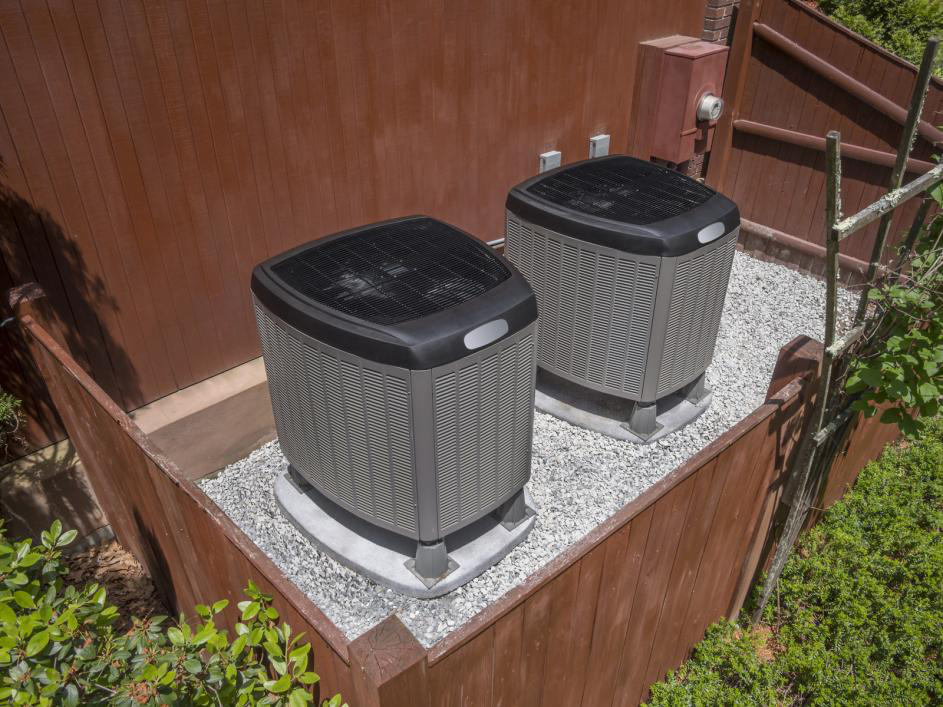Your property’s Heating, Ventilation and Air Conditioning (HVAC) system is one of its most crucial components. We don’t pay a lot of attention to it until something goes wrong.
However, a basic understanding of how these individual components function will ensure that owners troubleshoot potential issues before they even arise.
To become a more informed HVAC system owner, take a look at how this system works.
Air Conditioning
To have year-round comfort central air conditioning systems are a must. ACs are frequently installed along with central heating systems.
This is because the two work together to provide optimal performance. They may share the same ductwork to ensure greater temperature control.
Such systems usually contain the following components:
-
An outdoor compressor unit
-
Condenser coil
-
Evaporator coil
-
Ductwork for proper air distribution
-
Thermostat
These components then work in sync to provide your home or office with the air temperature set on your thermostat. Once switched on, an air-conditioned sucks in warm air from your property. When it enters the ductwork, refrigerant coolants absorb the heat from the air.
The cooled air then travels throughout the ductwork and is released in various areas of your property. To maintain the set temperature, this cycle continues until manually stopped.
Heating
The furnace is primarily responsible for the heating aspect of a HVAC system. The major components of heating systems include burner, blower, and heat exchanger.
There are different styles of heat distribution mechanisms like electric baseboards, boiler, and gas-powered air furnace. The most popular one is gas-powered air systems and will be discussed here.
As the thermostat calls for heat, the burner delivers fuel to the heat exchanger. This begins the heating process. The exchanger takes in air and converts this fuel and air mixture into heat.
This heated air is transmitted to the ductwork and into the air distribution system. The blower then moves the heated air into various rooms of your home.
Ventilation System
The flue and vent pipes comprise the core components of a ventilation system. Fresh air intake by the vent pipes brings the heated air to the desired temperature. It is then distributed throughout your property.
The flue pipes are responsible for maintaining the quality of indoor air, making it safe to breathe.
Harmful combustion byproducts like carbon monoxide are exhausted outside the building. The flue opens and closes accordingly to expel all dangerous gases out of your property.
To ensure that your HVAC systems are in peak condition, hire the expert repair and maintenance services of Florida Breeze.
We provide ventilation, Air conditioning service Melbourne Beach and Palm Bay and Heating repair in Palm Bay and Melbourne, Florida.
Call us at (321) 951-8767 or drop us an email at comfortac@aol.com to find out more about our services.

